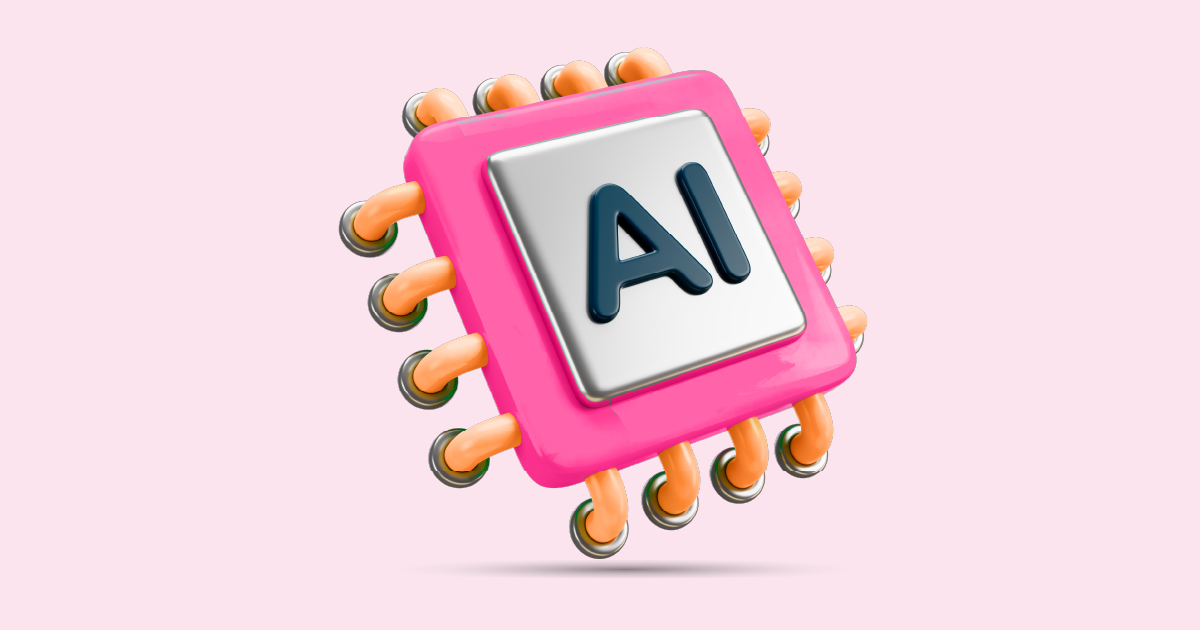In today’s digital world, voice transcription has become an essential tool for businesses, educators, and content creators. But when it comes to Arabic voice transcription, the process is more complex than it seems. With a language rich in dialects and linguistic variations, accurately converting Arabic speech into text is both a challenge and an opportunity.
Whether you’re a business professional looking to transcribe meetings, a journalist recording interviews, or a student taking voice notes, Arabic transcription tools can save you time and effort. But how do they work? What are the best options available? Let’s explore everything you need to know about Arabic voice transcription.
Understanding Arabic Voice Transcription

How Arabic Transcription Works
Arabic voice transcription converts spoken Arabic into written text using either manual efforts, AI-driven tools, or a combination of both. The process typically involves:
- Capturing the audio using microphones or recorded files.
- Processing the audio through speech recognition software.
- Converting speech patterns into readable Arabic text.
- Reviewing and editing the final transcription for accuracy.
Challenges in Transcribing Arabic Audio
Unlike English or other widely transcribed languages, Arabic poses unique challenges:
- Multiple dialects: Arabic has over 30 dialects, and they vary significantly.
- Complex script: Arabic writing is cursive, making recognition more difficult.
- Right-to-left text direction: Most AI transcription models are trained on left-to-right languages, making Arabic more complex to process.
- No short vowels in writing: Many words have the same spelling but different meanings depending on context.
Types of Arabic Transcription
1. Manual Transcription
Done by human professionals, ensuring high accuracy but time-consuming and expensive.
2. Automatic Transcription
AI-powered tools transcribe speech quickly but may lack precision, especially with dialects.
3. Hybrid Transcription (AI + Human)
A combination of AI and human proofreading, offering the best balance between speed and accuracy.
Key Technologies
Artificial Intelligence (AI) and Machine Learning (ML)
AI models learn from vast amounts of Arabic speech data to improve transcription accuracy.
Natural Language Processing (NLP) in Arabic
NLP algorithms help AI understand Arabic grammar, syntax, and context.
Speech-to-Text (STT) Systems
Tools like Google Cloud Speech-to-Text and AIM Voice convert audio into Arabic text.
Best Arabic Voice Transcription Tools
Here are some top-rated Arabic voice transcription tools:
- AIM Voice – Advanced AI models for Arabic speech recognition.
- IBM Watson Speech-to-Text – Supports multiple Arabic dialects.
- Microsoft Azure Speech Services – Offers real-time transcription.
- Otter.ai – Primarily for English, but supports some Arabic transcription.
Applications
1. Business and Customer Service
Companies use transcription for call center recordings, meetings, and customer interactions.
2. Education and E-Learning
Students and educators use transcriptions for lectures, research, and study notes.
3. Media and Journalism
Journalists use transcription to convert interviews into articles quickly.
4. Healthcare and Medical Transcription
Doctors use it for recording patient notes, prescriptions, and medical research.
Future Trends
Advancements in AI and deep learning are making Arabic transcription more accurate. Future developments will likely focus on:
- Better dialect recognition – AI models will be trained on regional accents.
- Increased automation – Less need for human review.
- Improved real-time transcription – Faster and more efficient processing.
Conclusion
Arabic voice transcription is an evolving field with significant potential. While challenges like dialects and script complexity remain, advancements in AI and speech recognition continue to improve accuracy and efficiency. Whether for business, education, media, or healthcare, transcription tools are transforming how we convert Arabic speech into text.
If you’re looking for a powerful and accurate Arabic voice transcription solution, AIM Technologies offers cutting-edge AI-powered transcription tools designed to handle various Arabic dialects with high precision. Request a demo today and experience the future of Arabic speech-to-text conversion firsthand!
FAQs
1. What is the best Arabic voice transcription software?
Google Cloud Speech-to-Text, AIM Voice, and Microsoft Azure are among the top choices.
2. How accurate is Arabic voice transcription?
Accuracy depends on the tool, audio quality, and dialect. AI transcription can reach 85-95% accuracy with proper training data.
3. Can AI transcribe different Arabic dialects?
Some AI tools support dialects, but most perform better with Modern Standard Arabic (MSA).
4. What industries benefit most from Arabic transcription?
Businesses, education, media, and healthcare benefit the most from voice-to-text conversion.
5. How can I transcribe Arabic voice to text for free?
Google Docs (Voice Typing) and some trial versions of transcription software offer free options.




